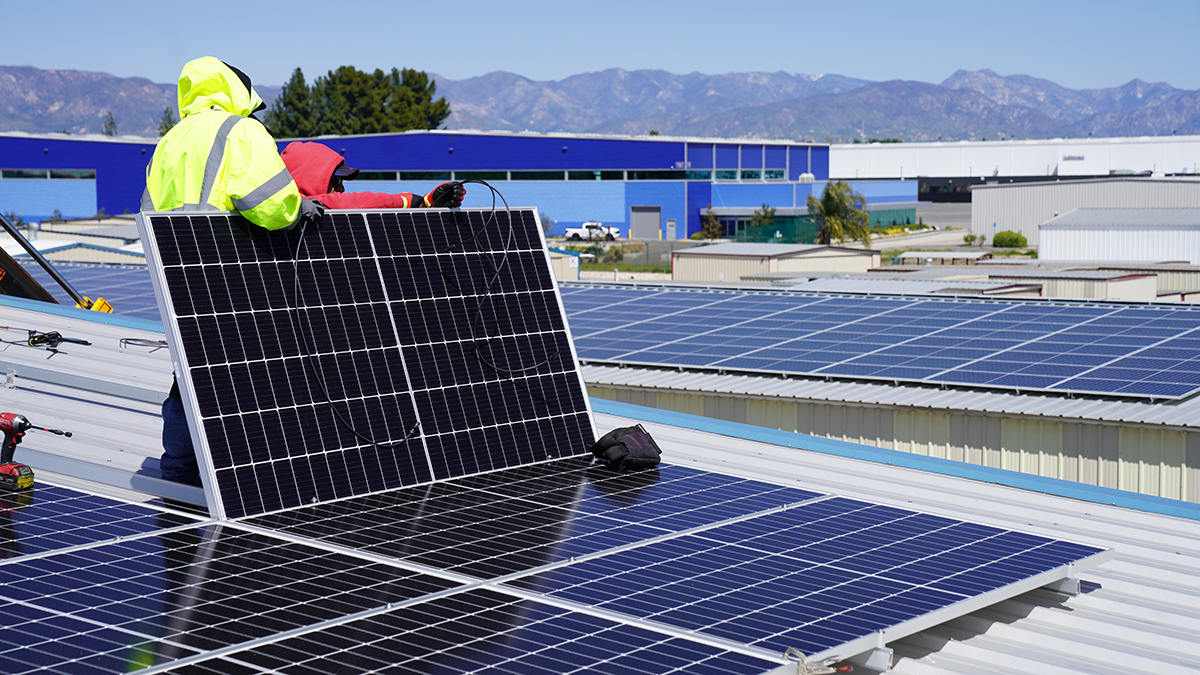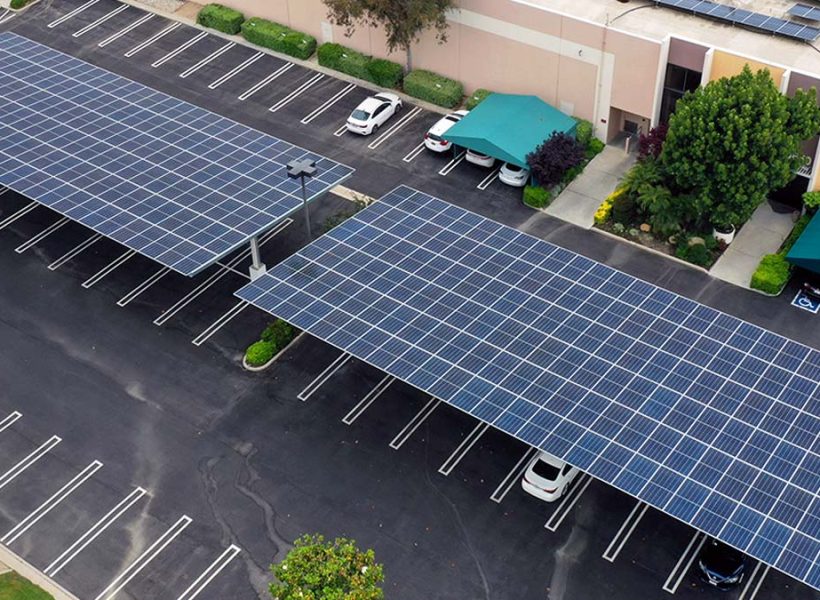10 Common Misconceptions About Solar—and What to Know Instead

10 Common Misconceptions About Solar—and What to Know Instead
A clear-eyed guide from California Solar Broker
Like any big decision, going solar comes with questions, hype, and mixed messaging. While solar is more accessible than ever, the sheer volume of information out there—much of it outdated or oversimplified—can make it tough to know what’s true.
To help cut through the noise, California Solar Broker is here with facts. Below, we debunk 10 of the most common misconceptions about solar energy, so you can make the most informed decision for your home.
1. Misconception: Solar costs the same no matter where you live
Reality: Solar pricing varies widely depending on equipment, local incentives, and utility rates.
In California, where electricity rates are among the highest in the country, going solar can lead to substantial savings—especially with the right incentives. But pricing depends on your home’s size, energy needs, and the type of panels and inverters you choose.
The good news? No matter where you live, a well-designed solar system pays for itself over time—and then keeps saving you money long after.
2. Misconception: Solar only works in sunny climates
Reality: Solar works efficiently with just a few hours of sunlight per day.
Solar panels don’t need blazing heat to work—just sunshine. Even on cloudy days or during winter, panels continue producing electricity. And yes, rain can actually help by cleaning off dust and debris.
In California, longer daylight hours in summer lead to higher production and more opportunities to store or sell excess energy through programs like net metering.
3. Misconception: Solar panels work at full power for 25+ years
Reality: Panels degrade slightly over time—but remain highly productive.
On average, panels lose about 0.5% efficiency each year, meaning after 25 years, they still generate around 89% of their original output. Tier 1 panels, like the ones we recommend at California Solar Broker, have stronger warranties and longer-lasting performance.
4. Misconception: Solar panels automatically store energy for nighttime use
Reality: You’ll need a battery if you want to store excess energy.
Batteries aren’t required—but they do boost efficiency and energy independence. A single battery can keep essential loads running during a blackout or help you tap stored energy in the evening when utility rates spike.
We work with top battery partners to design flexible, right-sized backup options for your needs.
5. Misconception: Going solar means you’re completely off-grid
Reality: Most systems remain grid-tied for reliability and backup.
In fact, most homeowners prefer to stay connected to the grid. It ensures backup power when solar production is low and allows you to benefit from net metering. Going fully off-grid is rare and only makes sense in very remote locations.
6. Misconception: You’ll get your money back right away
Reality: Payback periods vary, but most homeowners break even in 5–10 years.
ROI depends on your system size, energy use, battery setup, and available incentives. In California, where electricity rates are high and solar incentives are generous, most homeowners see strong long-term returns.
With California Solar Broker, your cost is often 30–50% less than what others charge, thanks to our streamlined process and wholesale partnerships—helping you reach ROI even faster.
7. Misconception: Solar is completely sustainable and recyclable
Reality: Solar is far better for the environment—but panel recycling still needs progress.
Solar is one of the cleanest energy sources available, drastically reducing carbon emissions. However, most panels aren’t recycled today due to cost and complexity. Thankfully, nationwide recycling initiatives are emerging to change that.
8. Misconception: Incentives are fixed and will always be available
Reality: Federal and state incentives evolve—and some are phasing out.
Right now, homeowners can claim a 30% federal tax credit on solar systems. But starting in 2033, this credit drops to 26%, then 22% in 2034. State-level incentives also vary. In California, programs like net metering are shifting rapidly, so it’s best to act while incentives are strongest.
9. Misconception: Panel orientation doesn’t matter
Reality: Direction and tilt directly impact your solar performance.
For homes in the Northern Hemisphere, south-facing panels typically produce the most energy. Factors like roof pitch, shading, vents, and even tree coverage can affect output. At California Solar Broker, we use advanced modeling tools to optimize every layout.
10. Misconception: Solar systems work the moment they’re installed
Reality: You’ll need a final inspection and permission from your utility before turning it on.
After installation, your system goes through a jurisdictional inspection followed by Permission to Operate (PTO) from your utility company. We handle all of this for you, including setup of your monitoring app so you can track performance from day one.

Final Thoughts
Going solar is one of the smartest investments you can make—but only if you have all the facts. At California Solar Broker, we’re here to help you navigate the process with transparency and simplicity. From comparing bids and system designs to handling permitting and activation, we guide you every step of the way.
Want to find out what solar really costs for your home? Reach out for a custom proposal—we’ll show you how much you can save and help you claim every dollar you’re eligible for.
